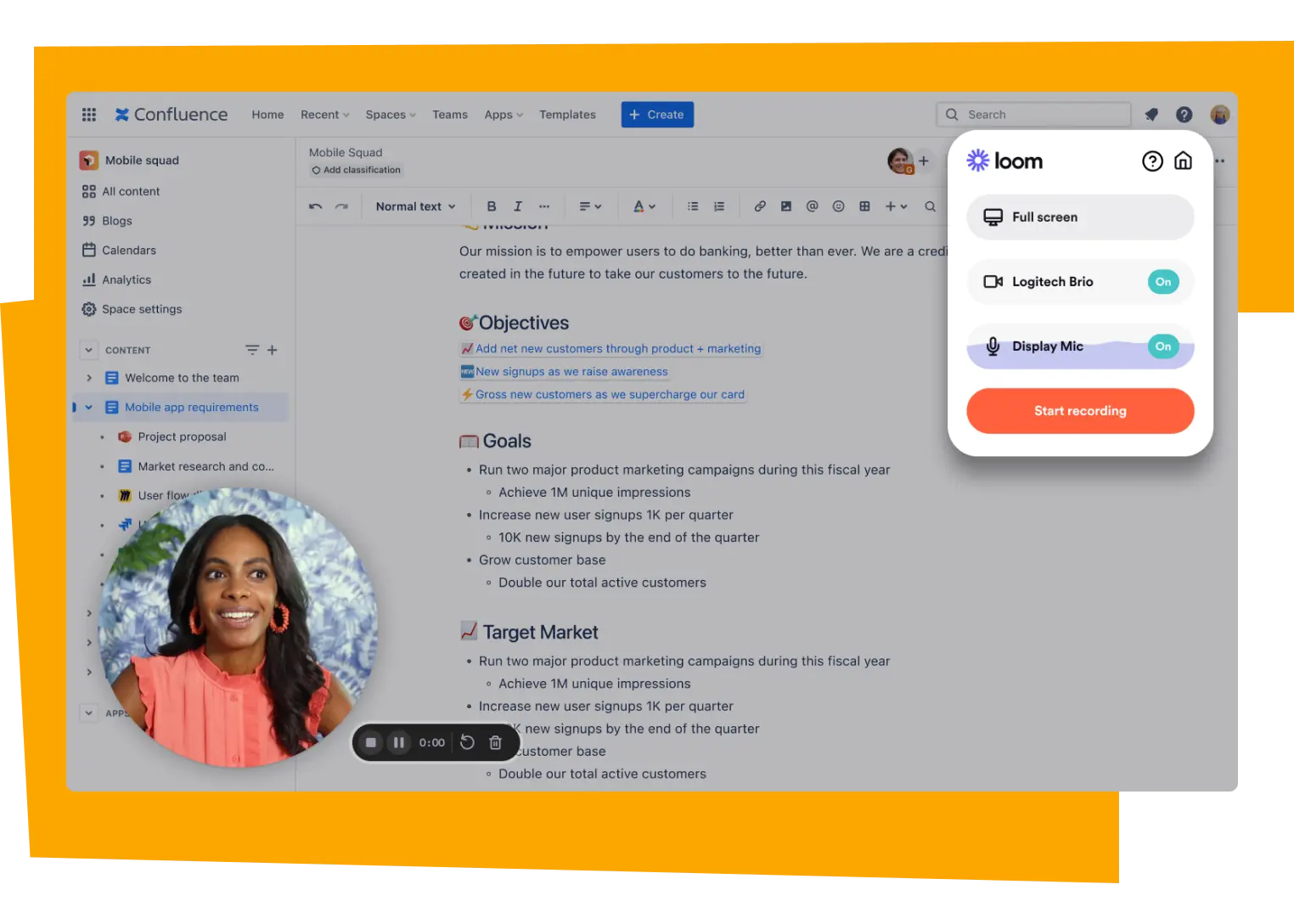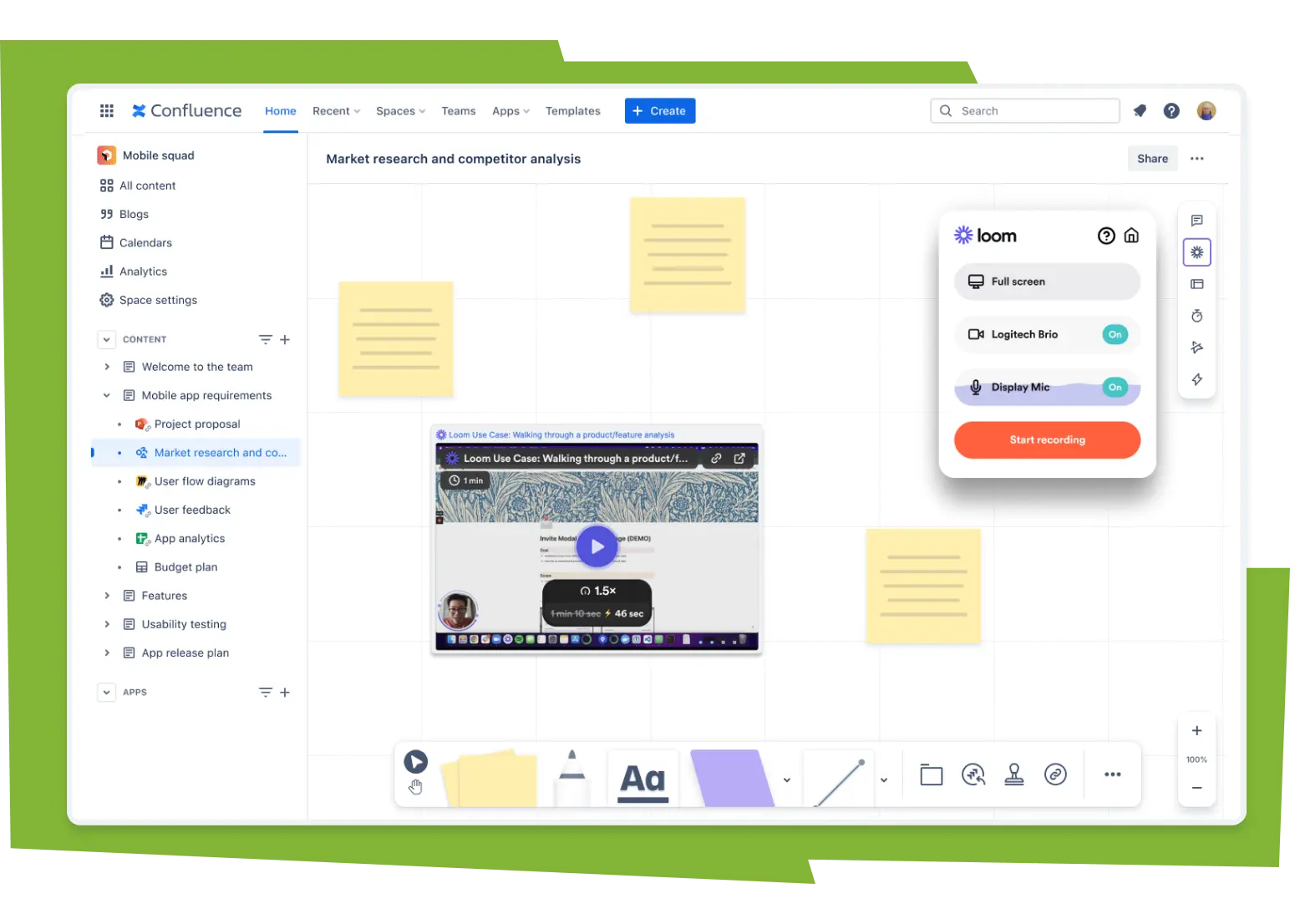Unlocking the secrets to outstanding teamwork in 2025
Learn how HR leaders can master teamwork efficiencies using AI strategies.
Today’s teams and employees are operating differently as the modern workplace continues to evolve. HR and People leaders need to take a moment and evaluate how their current processes impact team and employee collaboration. It’s not enough that information is just available: it also needs to be easy to find and act upon.
The unfortunate truth is that for most teams, this isn’t the case. According to recent research conducted by Atlassian, over half of HR and People leaders surveyed said that at least 75% of employee requests are about information that’s already accessible to employees through an intranet or knowledge base. This leads to mismanaged processes and a worse employee experience.
Molly Sands, Atlassian’s Head of Teamwork Labs, recently joined The Modern People Leader podcast, to share insights and real-world examples of how high-performing teams adapt to the changing workplace. She includes tips on how to implement Atlassian’s best practices at your organization. Molly also shares how HR and People teams can create a foundation for AI-first work and how to use AI to unlock a new approach to the employee experience.
The Habits of High-Performing Teams
Over the course of the podcast, Molly discusses what sets great teams apart from average ones based on recent research from the 2025 State of Teams report. Molly shares, “We don’t just want to talk about the doom and gloom of work. We really want to help teams learn how the best teams are working and what they can do to be more forward thinking.”
Some practices the best teams rely on included:
- Aligning work back to goals: One of the clearest differentiators among successful teams is how well they align work back to goals. This goes beyond simply setting objectives. It’s about ensuring all teams understand why the work matters and what outcome it drives. This clarity helps teams avoid the trap of trying to do everything at once, instead focusing only on the highest-impact work. It all comes back to finding a shared sense of purpose within your team structure.
- Tracking and coordinating the work: Planning and tracking the work that happens across teams is make-or-break for successful teams. Often projects begin with a kickoff and end with a deadline, but little collaboration happens in between. “Presumably everybody’s doing the work,” Molly states, “but in fact, no one knows what anyone else is doing.” This lack of visibility leads to duplicated efforts, missed tasks, and frustration across the board. While coordination is sometimes seen as the least exciting part of teamwork, it continues to be the strongest predictor of successful teamwork.
- Unlocking collective knowledge: Information does no good locked in someone’s head, buried in an email chain, or stuck on a desktop file that no one else can access. When knowledge is accessible and shareable, it empowers everyone to move faster and make better decisions. As Molly puts it, “If we can start to get to a place where people can actually access the information they need when they need it, that helps teams move fast and make well-informed decisions.”
Creating a Foundation for AI-First Work
Creating high-performing teams doesn’t happen overnight. It’s a long process of shifting mentalities, behaviors, so your teams are truly enabled to move quickly and achieve more. AI is a key part of that equation, but many enterprise leaders don’t know where to start. In fact, 96% of executives aren’t completely sure how to get their teams to use AI more effectively.
Molly emphasizes this crucial insight during the podcast: transitioning to an AI-first organization involves much more than merely adopting new tools. It demands a cultural shift, specifically around knowledge management. The teams that use AI successfully are centralizing all knowledge in one place and providing transparency across the entire organization.
I do think there’s going to be a big paradigm shift with AI. And I think the companies that have really strong knowledge practices and know how to share information and make that information transparent and available across the organization are going to be able to capitalize on that opportunity so much faster.”
Molly Sands
In some ways, distributed teams are naturally better at this. They record meetings, document key decisions, and use a System of Work to keep knowledge accessible.
For 23 years, Atlassian has been a pioneer of distributed work. It’s common practice for meetings to focus on doing work together while Loom’s AI meeting note taker creates a digestible, easy-to-consume document based on the meeting information that was discussed. The AI meeting notes are captured and saved in Confluence, accessible by all teams that need to capture that knowledge.

This new way of working creates a rich knowledge base of structured information all saved in one centralized location. From there, AI can tap into that information, which can be accessible across multiple teams with security and privacy levels baked in as needed.
However you choose to centralize knowledge, know that AI tools need access to high-quality data to deliver real value at both the team and organizational levels. HR teams and People leaders play a crucial role in nurturing better knowledge management practices that make AI work smarter for everyone.
Meet AI in Practice, Nora, Atlassian’s Onboarding Agent
Onboarding continues to be a top challenge among HR leaders. In Atlassian’s recent research, 66% of HR leaders stated it was difficult to find time to onboard new hires. HR and People Leaders can now leverage AI to transform this process entirely with the help of automation that gets new hires onboarded faster.
One of the most recent AI advancements have been AI agents. These agents provide teams with a customized chatbot-like experience, streamlining employee requests while providing a personal employee experience.
Atlassian created Nora, an internal AI agent that helps newly hired employees have a more streamlined onboarding experience. As an AI assistant, Nora can share on-demand answers directly to employees based on a dataset that can range from work-related questions, to local benefits information, to IT support or office dress codes.
This has made Atlassian’s onboarding experience much easier for new employees to get up to speed faster. Nora was able to answer hundreds of questions every week that HR and People teams would normally have to answer manually. But beyond efficiency, Nora also offered psychological safety to employees by creating a safe space to ask any and all questions. Atlassian employees stated that they felt more comfortable asking questions to Nora (as opposed to their manager), which helped them focus on more important work.
Tips to Help Teams Work Smarter
HR and People Leaders need to rethink how work happens in the modern workplace due to the rapidly evolving tech landscape — but none of this will happen overnight. Molly shared tips and tricks for how Atlassian and high-performing teams collaborate to work smarter, not harder.
- Turn meetings into work sessions: Rather than using meetings for status updates or “show and tell,” high-performing teams can use meetings to collaborate in real-time, make decisions on next steps and initiatives, and focus on moving the work forward. Your project and status updates can also happen asynchronously, giving your teams time back to focus on more meaningful work.

- Swap static decks for async videos and collaborative pages: Instead of relying on decks that get presented once and forgotten, teams can create async videos and pages that others can consume on their own time. This shift makes information more accessible to teams across the organization, while increasing transparency and cutting down on unnecessary meetings.

- Leverage AI to find information faster: Before sending a message or scheduling a meeting to answer simple questions, top teams are first using AI tools to find answers, information, or begin drafting up work. This helps everyone stay focused and minimizes disruptions across teams.

[The] ability to get super clear on what the work is and plan and track it in cohesive ways really unlocks the potential of teams.”
Molly Sands
These habits are helping teams move faster, collaborate more effectively, and reduce meeting fatigue, making teamwork more human and sustainable.
Get Started Today
The future of teamwork is already here, and HR and People leaders have a unique opportunity to lead the way.
By embracing new collaboration habits, building a strong foundation for AI, and using technology to enhance the employee experience, you can help your teams move faster and work smarter.
Dive deeper into Atlassian’s 2025 State of Teams report and check out new research on the challenges HR and People teams face to support your teams’ success in 2025 and beyond.
